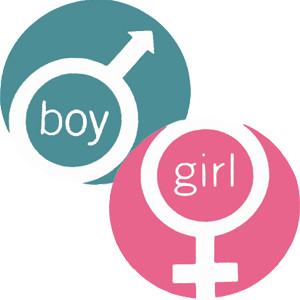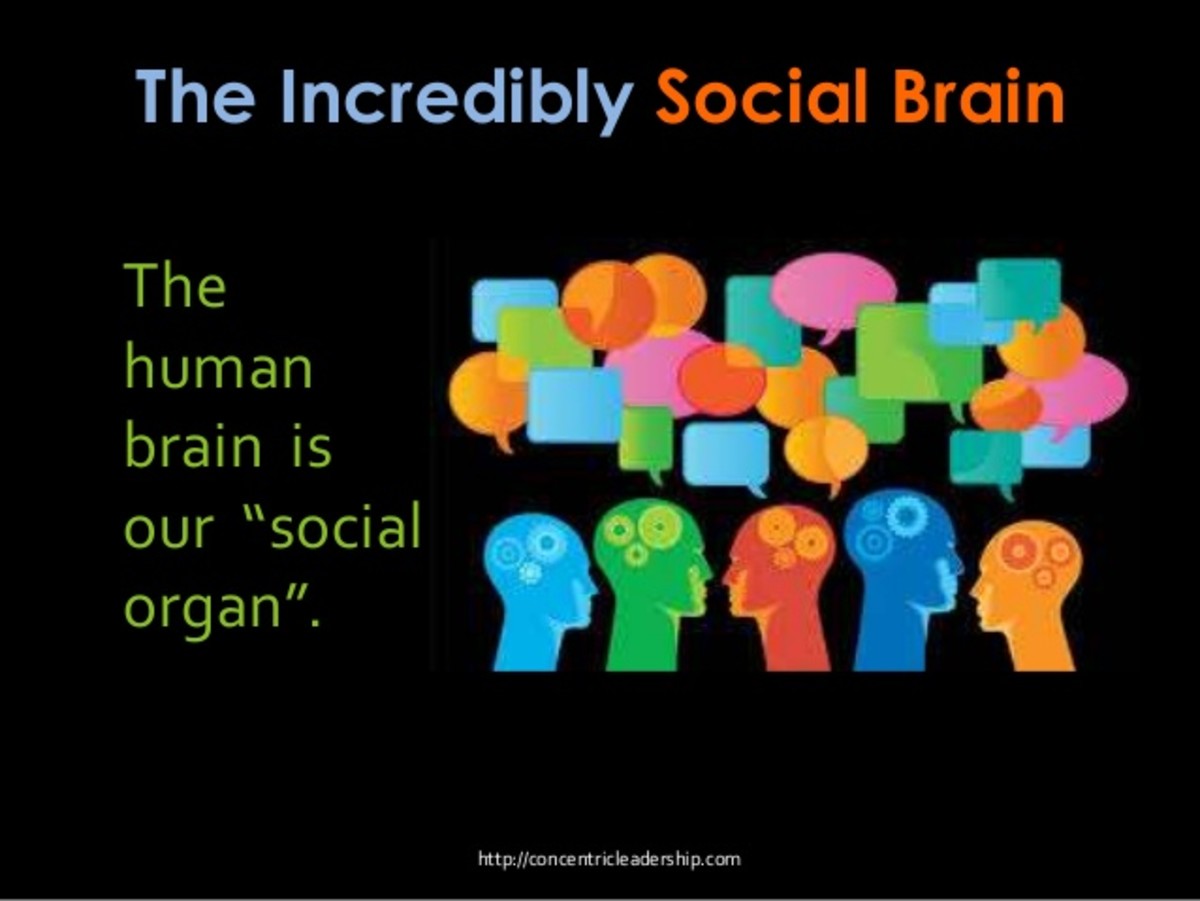Girls Are Better Than Boys in Communication and Language Skills


Despite trying to progress towards gender equality, I cannot deny that girls are better than boys in communication and language skills. According to the Oxford Dictionary (2003), communication means the imparting or exchanging of information by speaking, writing, or using some other medium. Communication includes verbal and non-verbal communication such as facial expressions, body language and actions (Fichten et al., 1992). Language skills is the ability to use language to communicate with others in daily life (Chaman et al., 2015). Being able to communicate effectively is the most important of all life skills, but you will almost certainly need to possess a good hearing. Numerous studies (Society for Neuroscience, 2013; LeFever, 2013) have shown that girls start off with better skills than boys when it comes to language. This article will focus on scientific evidence on why girls are better than boys in communication and language skills.


A very famous book (LeFever, 2013) states girls are better at playing to their audiences interests, and this is perhaps why they are better storytellers as well as overall communicators. This can be seen when you watch young children play and interact among themselves. Girls are more verbal than boys and often demonstrate amazingly versatile vocabulary and expression. Girls’ communication are carried out more effectively as they include detailed information such as a range of emotions and body gestures in their conversation. Language development begins at birth. According to LeFever study (2013), a healthy baby girl is usually born with perfect hearing. Baby girls are fascinated by their parents' faces and expressions, and as a result, learn to read expressions much sooner than boys. For example, baby girls enjoy every moment in their parents’ cuddle and they like to have skin ship or close contact with their parents. Conversely, males are slower to develop perfect hearing. Baby boys are more fascinated by mobiles above their cribs than they are by their parents’ faces beaming down at them. Thus, baby girls engage in communication earlier than baby boys since they are usually born with perfect hearing.

Besides, science can explain why girls are better at communicating than boys. Functional magnetic resonance imaging (fMRI) provides concrete evidence that there is a hard-wired gender difference linked to language. An interesting fMRI study (Vannest et al., 2009) has clearly shown the left hemisphere of the frontal lobe is language dominant while the temporal and parietal lobes network support numerous components of language processing which includes word recognition, syntax and semantics. LeFever (2013) also contends that girls’ brains are more finely developed as compared to boys. Their frontal lobe is more developed. It is important as frontal lobe is a language dominant hemisphere where Broca’s area to be specific brodmann area 44 is responsible for expressive language. Females activate the left prefrontal cortex more than males, suggesting a greater degree of executive processing and language-based decoding which also exhibits greater activation of mesolimbic regions (Azim et al., 2005). As a result, females have superior language skills. Girls also have denser gray matter in the parietal cortex than boys. This explains why girls tend to be better at interpreting verbal cues, gauging what lies behind words and in what remains unuttered, remembering faces, and understanding gestures (Wlassoff, V., 2015). Hence, the interesting fMRI study has provided evidence of why girls are better than boys in communication and language skills based on the development of their frontal lobes.

The world of language research was rocked by the significance of the discovery of FOXP2 which is the only one of many genes involved in communication associated with speech and language (Balter, 2013). Forkhead box protein P2, FOXP2 plays a major role in proper development of language and vocalization which involves the evolution of complex language. FOXP2 can be found in various areas of the brain including the basal ganglia and inferior frontal cortex where it is essential for brain maturation and production of speech (Fisher at al., 2006). In humans, mutations of FOXP2 will cause a severe speech and language disorder (Lai et al., 2001). Bowers et al. (2013) found 30% more FOXP2 protein in girls as compared with the boys in their left frontal cortex, which has been linked to language in humans. This proves that girls are more communicative as FOXP2 gene is a key molecule for communication in human where they play a major role in the ability to vocalize.
Given the above findings, whether it is because of nature or nurture, girls seem to be better at communicating and their language skills are proven to be better than boys. A 20 months old girl will have already acquired about 50 words while on the other hand, boys will only acquire less than 50 vocabulary due to their slower development in perfect hearing. The more words boys and girls hear by age two, the larger their vocabularies will be for the rest of their lives (LeFever, 2013). FMRI study has also provided concrete evidence that girls have more developed frontal lobe where the language processing centre is located as compared to boys. Lastly, the significant discovery of FOXP2 gene which is found more in girls once again proves that girls are more communicative as compared to boys since language development begins at birth.











